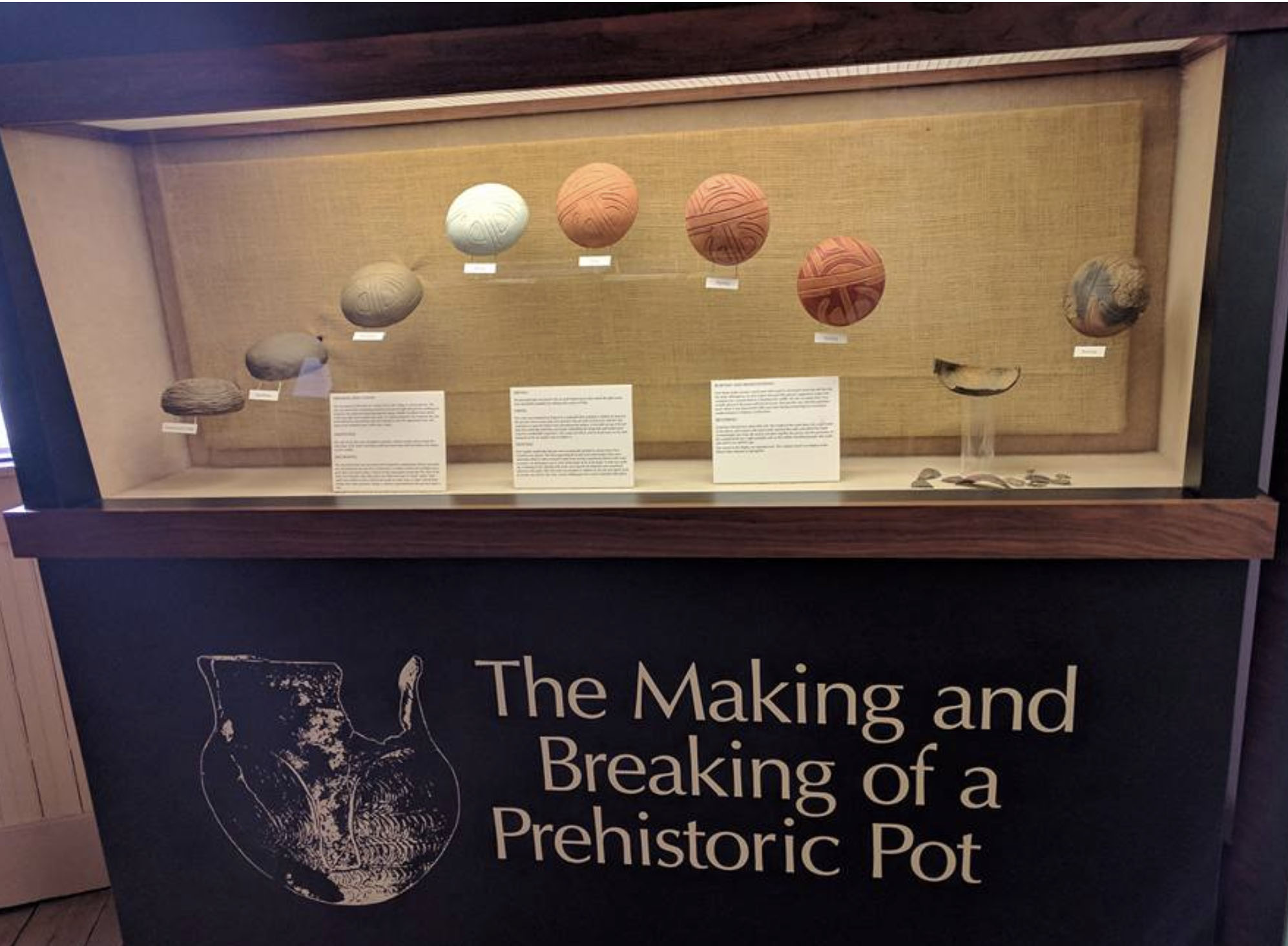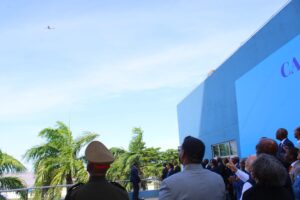
Ninety minutes drive from St. Louise and Springfield on the banks of the mighty Mississippi is a small village of Kampsville. Illinois side of the great river road between St Louis and Kampsville is arguably the most nostalgic. I saw abandoned mills, yards, ships, warehouses, empty downtowns, and amazing infrastructure, which was largely unused. Kampsville, with a population of less than 500, also has one of the two permanent ferries run by Illinois department of transportation 24X7. I have visited scores of archeological institutes, museums, and centers and Kampsville is unique in that it is based on neither a single event, site, or civilization nor it focuses on popular and flashy archeological subjects. Center for American Archeology (CAA) has a goal of understanding and studying local history and they have unearthed pieces of evidence for the past 7000 years of human occupation in the surrounding area. CAA also plays a major in educating young citizens and informing citizens and visitors alike.
Broadly, CAA focuses on Mississippi valley civilization. However, specifically they study lower Illinois River history and archeology. They are a non-profit organization and most of their services are free including the museum. Their goal is research, education, and community outreach. Public service is part of their mission statement. They study pre-Colombian settlers, Mississippi civilization, and European settlers through archeological excavations, research, and other studies. I found the organization truly unique in its dedication to public service and comprehensive focus on local history.
Kampsville museum is in a building, which used to be a general store established by Joseph Kamp, the son of Kampsville’s founder since 1902. The building is registered in the national register of historic places. While the interior is redesigned, the exterior of the building reflected its original false entrance and general store look. The Kamp store, as it has been known, was bought by CAA in 1994. I read about it in an article during my research on the great river road and I am glad that I stopped by. The museum had a section about the chronology of civilizations starting with Paleo-Indian to early, middle and late archaic, early, middle and late woodland, Mississippian, and last but not least Illinois. The evidence and artifacts signifying those civilizations were local, but the knowledge and information were similar to what I found in other museums of Mississippi valley. The other part discussed local figures, society, and the evolution of the lower Illinois valley. The museum had many printed papers simply glues on the false walls of different sections, but the information there within was outstanding. A young citizen visiting the museum would learn a lot about local history, culture, and customs.
Visit this museum and indulge yourself in one of the CAA programs, if you are visiting St. Louis and need a unique break for a day. On the way, you will pass through many scenic spots, historical towns, and good food. Unfortunately, the museum was damaged in last year’s floods and undergoing repairs right now. I hope for it to open soon. Next week I will write about the Planetariums of Hawaii and a journey from Hawaii to Tahiti.
Mihir Jaiswal is a traveler and the author of Sculpting Revenge.
Blog: mihirjaiswal.blogspot.com; Twitter: @mihirja; Snapchat: @mihirj9

















